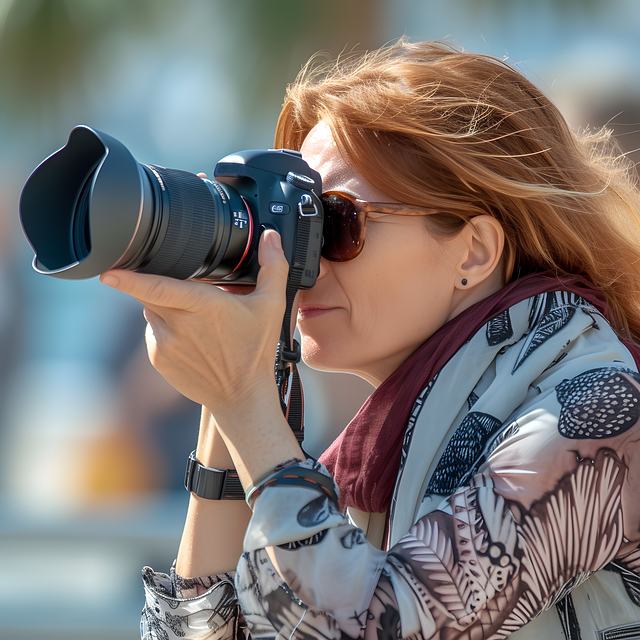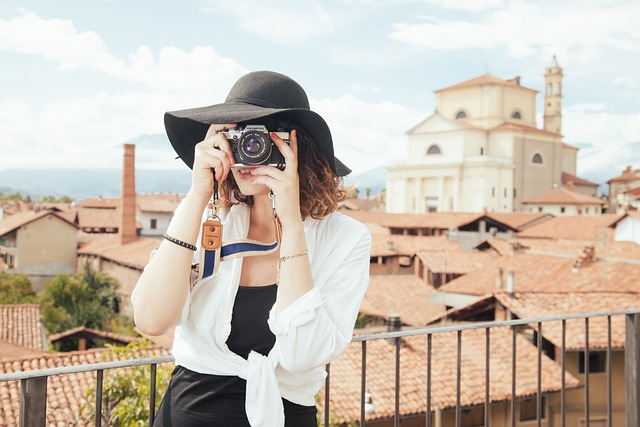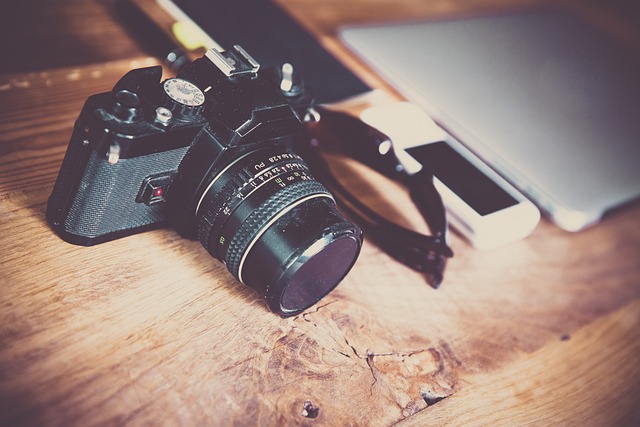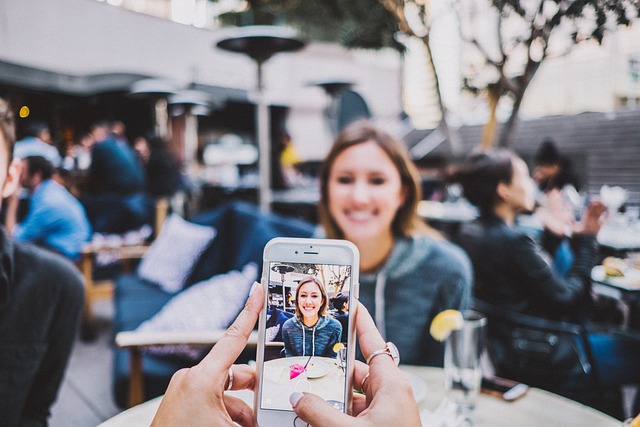Most Important Things in Photography
There is more to photography than simply pointing a camera and pressing a button.
A story is told, feelings are evoked, and a moment is recorded.
To me, the content seems too routine.
It doesn’t matter if you’re new to photography or an experienced pro; It is essential to have an understanding of the most fundamental aspects of photography in order to produce stunning images.
So, what are these key elements that can transform a simple photo into a masterpiece?
Composition: Understanding the Basics The Specialty of Plan

This content looks excessively mechanical
Perhaps of the main thing in photography is structure.
It’s all about how you arrange the elements within your frame to create a visually pleasing image.
- Rule of Thirds: Imagine dividing your frame into nine equal parts with two horizontal and two vertical lines. Place your subject along these lines or at their intersections to create a balanced and interesting composition.
- Leading Lines: Use natural lines to guide the viewer’s eye towards the main subject. These could be roads, bridges, or even the lines on a building.
- Symmetry and Patterns: Symmetrical images can be incredibly striking, as can repeating patterns.
Look for these elements in your surroundings to add an extra layer of interest to your photos.

Lighting: The Heart of Photography
Lighting can make or break a photo.
It’s one of the most important things in photography because it affects everything from the mood to the clarity of your image.
- Natural Light: The best source of light for photography is often natural light. Early morning and late afternoon, known as the “golden hours,” provide soft, warm light that’s perfect for capturing beautiful photos.
- Artificial Light: When natural light isn’t an option, artificial light sources like lamps, flashes, or studio lights can help.
Experiment with different types of lighting to see what works best for your subject.
- Light Direction and Quality: Pay attention to where the light is coming from and its quality (soft or hard light). Side lighting can create dramatic shadows, while front lighting can reduce them.
Mastering Your Equipment
Choosing the Right Gear
You need to use the right camera and lenses to get the best results.
- Cameras: There are many different kinds of cameras, including smartphones, mirrorless cameras, and DSLRs.
- There are advantages and downsides to each, so pick one that addresses your issues and your financial plan.
- Lenses: The results that can come from a variety of lenses can be very different. A zooming focal point is great for catching far off subjects, while a wide-point focal point is great for scene photography.
- To track down the focal point that best supplements your style, don’t hesitate for even a moment to attempt maybe a couple ones.
- Accessories: Utilizing external flashes, filters, and tripods can enhance your photography. For long-openness shots, a sturdy stand is absolutely necessary, and channels can help control light and add innovative effects.

Knowing Your Camera Settings
Understanding your camera’s settings is one of the most important things in photography. This knowledge allows you to control the exposure, focus, and depth of field.
- Aperture: The size of the lens opening, which controls the amount of light entering the camera. A wider aperture (lower f-number) creates a shallow depth of field, perfect for portraits, while a narrower aperture (higher f-number) is ideal for landscapes.
- Shutter Speed: The length of time the camera’s sensor is exposed to light. A faster shutter speed freezes action, while a slower shutter speed can create motion blur.
- ISO: The sensitivity of the camera’s sensor to light. A lower ISO produces cleaner images with less noise, while a higher ISO is useful in low-light conditions but can introduce graininess.
Developing Your Skills
Practice, Practice, Practice
Like any other art form, photography requires practice.
The more you shoot, the better you’ll understand what works and what doesn’t.
- Experiment: Don’t be afraid to try new techniques and settings. Experiment with different compositions, lighting, and subjects.
- Learn from Others: Study the work of other photographers.

Analyze what you like about their photos and try to incorporate those elements into your own work.
- Seek Feedback: Share your photos with friends, family, or online communities. Constructive criticism can help you see your work from a new perspective and improve your skills.
Post-Processing: The Final Touch
Post-processing can improve your photos and fix any problems that came up while you were shooting.
Software for Editing: When it comes to editing photos, popular choices include Adobe Lightroom and Photoshop. They provide numerous tools for adjusting sharpness, color, and exposure.
Basic alterations: Start by making fundamental adjustments like cropping, straightening, and adjusting the exposure. These basic changes can have a major effect.
Advanced Techniques: This content appears too robotic. Explore more advanced techniques like retouching, selective color adjustments, and dodging and burning once you are familiar with the fundamentals.

Frequently Asked Questions
What’s the best camera for beginners?
There’s no one-size-fits-all answer, but many beginners start with a DSLR or mirrorless camera.
How can I improve my composition?
Practice is key. Try using the rule of thirds, leading lines, and symmetry in your photos. Studying the work of experienced photographers can also provide inspiration and insights.
Do I need expensive equipment to take good photos?
Not necessarily! While high-end equipment can offer more features and better quality, great photos can be taken with basic gear, including smartphones. It’s more about understanding how to use what you have effectively.
What are some tips for shooting in low light?
Use a tripod to stabilize your camera, increase the ISO (but be mindful of noise), and use a wider aperture to let in more light. If possible, add artificial light sources like a flash or LED light.

Conclusion
Photography is a blend of art and science.
By understanding and mastering the most important things in photography, you can transform your photos from ordinary to extraordinary. Remember, it’s not just about the gear you use but how you use it. So, grab your camera, head out, and start capturing the world through your unique lens!
Share this content:









Post Comment